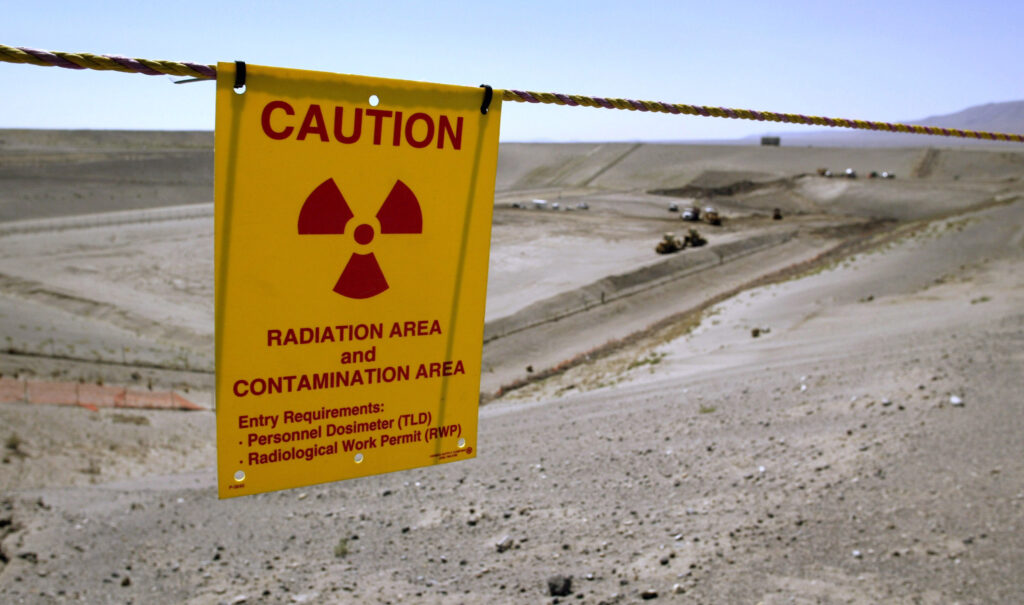Home / Environment / Hanford's Glassification Plant Begins Stabilizing Decades-Old Nuclear Waste
Hanford's Glassification Plant Begins Stabilizing Decades-Old Nuclear Waste
15 Oct
Summary
- Hanford nuclear reservation in Washington state begins converting worst radioactive waste into glass
- Conversion process started in June 2025, 16 years after original deadline
- Entire project's original budget of $4 billion has grown to $30 billion

In a significant milestone, the Hanford nuclear reservation in south-central Washington state has finally begun the process of converting its most hazardous radioactive waste into a stable glass form. The glassification process, which started in June 2025, is a crucial step in the long-running effort to safely dispose of the nuclear waste left over from the site's past plutonium production for the U.S. atomic weapons program.
The Hanford site, which was established in 1943, has been grappling with the challenge of dealing with billions of gallons of chemical and radioactive waste for decades. The worst 56 million gallons of this waste were stored in 177 underground tanks, with about a third of them now leaking. This has resulted in at least a million gallons of radioactive liquid seeping into the ground and reaching the nearby Columbia River.
After years of delays, the Department of Energy's Hanford manager, Ray Geimer, announced that the plant's successful startup represents a major achievement in stabilizing the nuclear waste for safe, long-term disposal. The process involves feeding the waste through two huge melters that combine it with glass flakes and heat it to 2,100 degrees Fahrenheit, yielding a molten glass that is then poured into storage cylinders to cool and harden.
While this first plant is expected to handle 40-50% of the low-activity waste, the overall project still faces significant challenges. The original $4 billion budget has ballooned to roughly $30 billion, and the legal target for glassifying all the tank waste has been pushed back from 2052 to 2069. Nevertheless, lawmakers and officials are celebrating this important step in addressing Hanford's longstanding nuclear waste problem.



